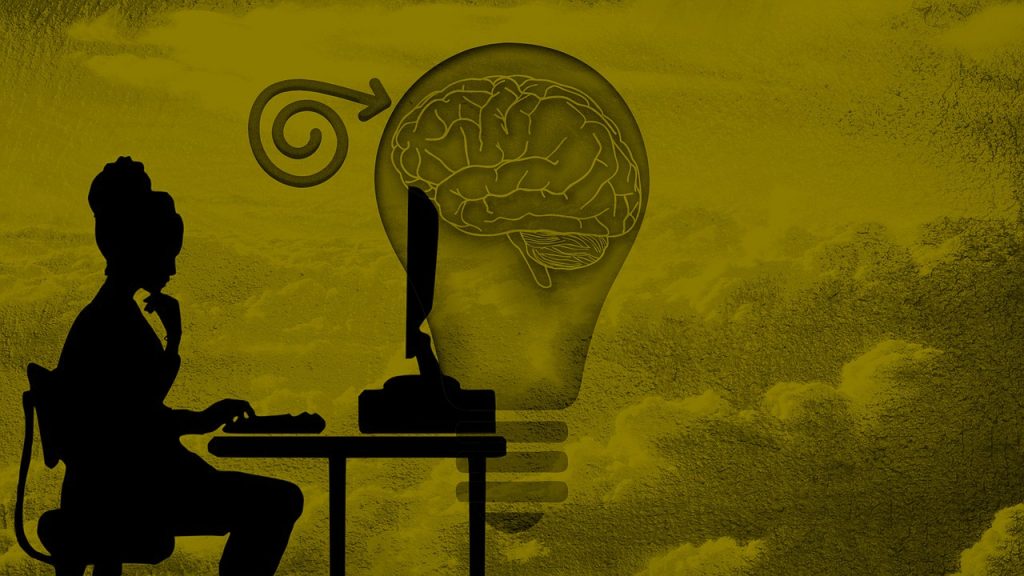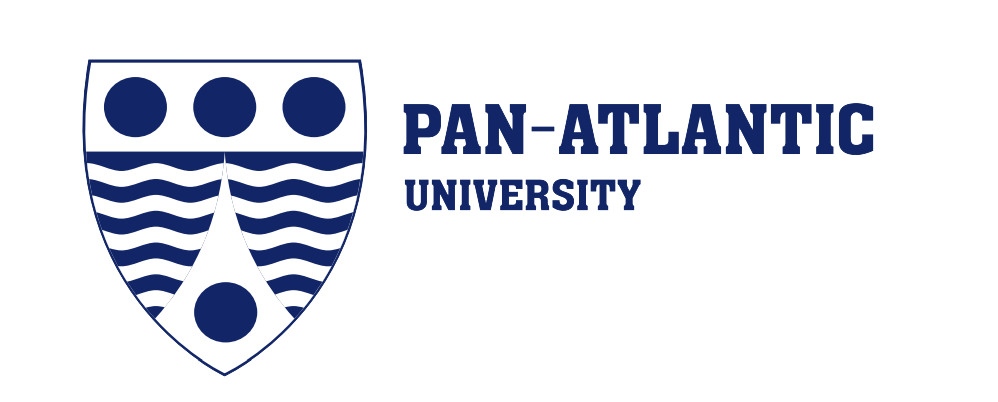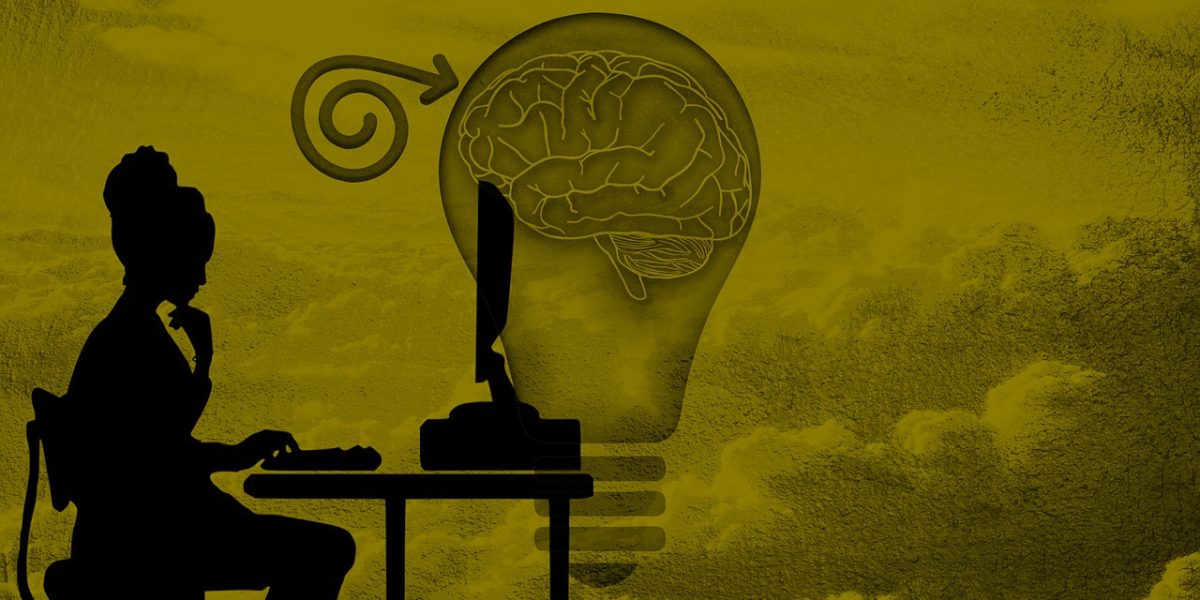
Storytelling is indeed taking a position of power
Written by Tolu Olagunju (School of Media and Communication)
Human persons are formed and unfolded in stories. The stories we hear often influence the life we live, the stories we make, the stories we tell, how we tell them, and their implications on posterity. The formative influence of stories on humans can never be overemphasized, stories are not just universal but are as ancient as the human race; human beings epitomize and are generally products of stories. Stories are carriers of knowledge, information, and more recently data uniquely. Storytelling is indeed taking a position of power in the emerging economies but unfortunately in an unstructured manner unlike in the past.
Understanding is an innate desire of every human, the need to understand and to be understood is visceral and fundamental to human existence. Although stories might appear related, they often differ in forms and styles, in time and space, in complexities and meanings; every story is therefore unique and can be valuable especially in a hyper-connected world of data and overall computation. The one thing social media has made possible is an inclusive and universal means of storytelling resulting in a kind of multidimensional and complex patterns of thought, creativity, and influence.
The emergence of Social media has not only made storytelling easy but also given rise to a high level of connectivity of stories, and insights into people’s values, priorities, needs, wants among others that are relevant for an effective decision-making process. With this emergence, data has not only become a source of stories but stories are also essentially becoming data, in other words, stories are producing data and data are telling stories, the bits and bytes in our stories are fast becoming the most valuable commodity in the world today which some describe as the ‘the new oil’. Data in our stories are the input at the same time the output of the internet and it is in fact, the center of the emerging economy, a significant portion of this is derived from social media.
For instance, the 2020 Global Digital Report estimated that more than 4.5 billion people across the globe now use the internet; more than 3.8 billion of them are social media users. The implication is through the bits and bytes of stories posted on various social media platforms we can know what people think about politics, brands, products, themselves, and others. Media generally is an instrument of storytelling that used to be a one-way thing because of the limited ability to respond and give ones’ thoughts while relating with information but this has changed with the advent of social media that is more expressive and interactive. The mere presence of anyone on any of these platforms unimaginably tells stories.
However, unfortunately, digital media stories by design are content-oriented at the expense of context which is equally important for meaningful and insightful stories leading to what Fox and McEwan (2017) described as ‘context collapse’. Social media platforms are designed to tell more of ‘what is’ without including ‘why is’ and ‘how is’ that are necessary for an adequate understanding of stories, such an approach are often limited in scope and to a great extent responsible for the proliferation of fake news that is more prominent on social media. Twitter, for instance, expects users to express ‘what is on their mind’ within a split of a second with just 280 characters, yet only 1% of tweets hits the 280-character limit, and only 12% of tweets is longer than 140 characters that obviously cannot be sufficient to cover the depth of any meaningful story which ordinarily would include ‘what is, ‘why is’ and ‘how is’ that are necessary for clarity and sense-making. While it seems brevity was intended in the design of most social platforms, Twitter in particular, even when given expanded space for expression, most users seems to be more comfortable with their short form of messaging, yet it is widely held that human beings have never written nor read as we currently do.
Writing especially and other approaches to storytelling is fast becoming a survival skill and seems to be the center of the emerging world of overall connectivity. However, while volume, availability, accessibility, inclusiveness, and speed might well describe social media, the spontaneous and instantaneous nature to a great extent negates quality storytelling especially while considering mindfulness necessary for quality knowledge generation. It might as well be interesting to know as Daniel Pink observed that the future especially the emerging world of hyper-connectivity belongs to storytellers, people who can recognize patterns and make meaning from seemingly unrelated events, ‘the big picture thinkers’. Indeed, social media has provided the human race a means for the ancient art of storytelling in an unprecedented manner, a place where users are the stories as well the tellers.




(1) Comment